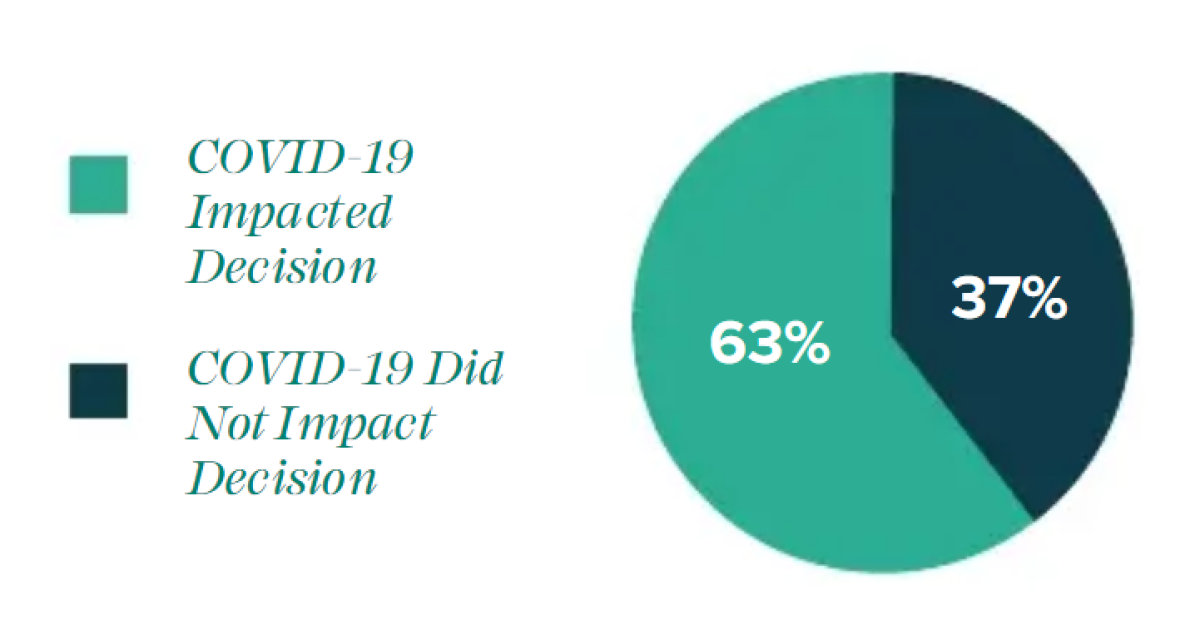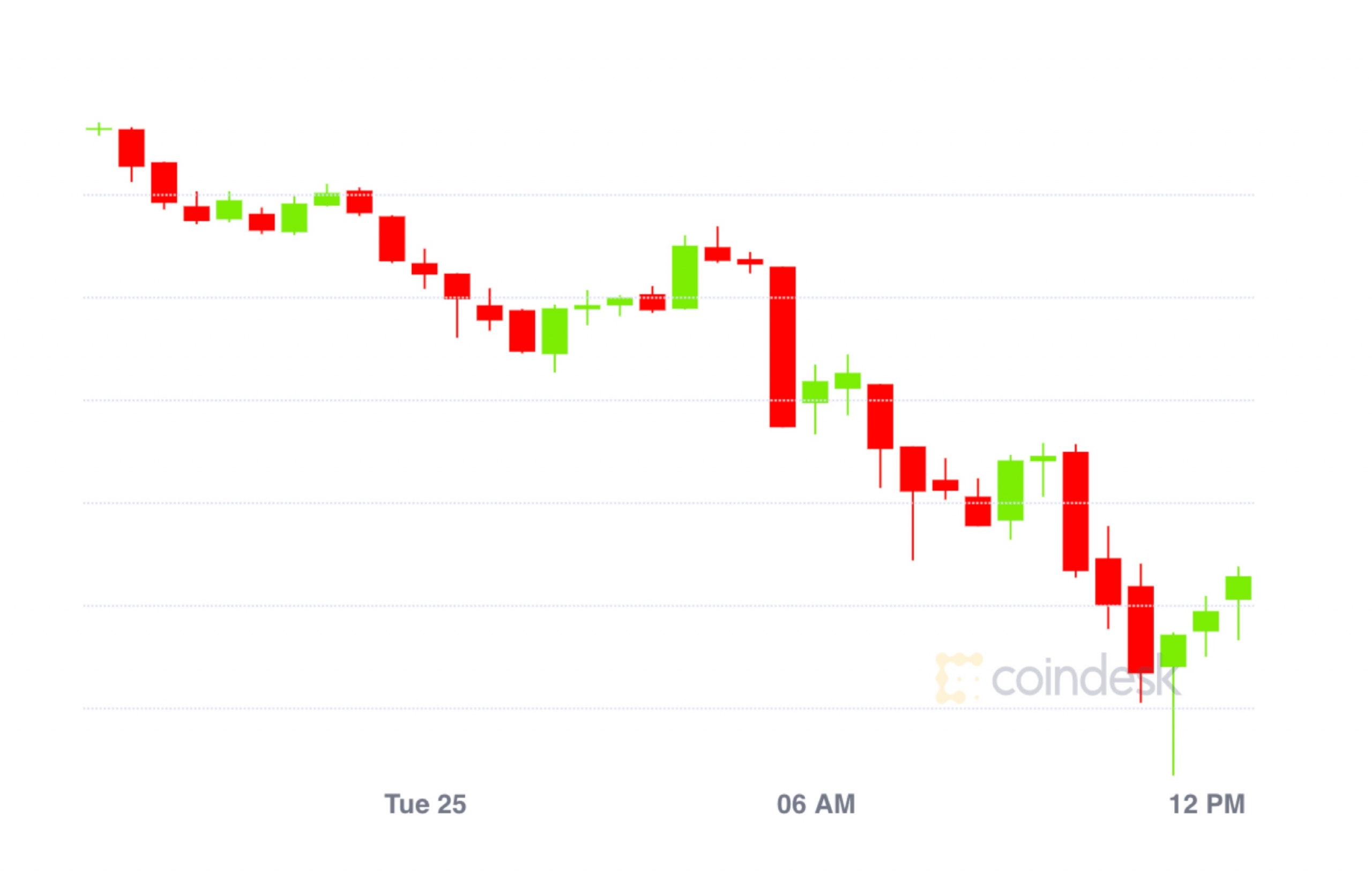Uniswap’s Model Is a Science Project That Could Kill DeFi
Ethereum’s launch in 2015 built off Bitcoin’s formula by enabling developers to play a more active role in designing decentralized applications, likely representing a major turning point in the history of finance by introducing smart contracts and paving the way for decentralized finance (DeFi). Ethereum quickly blossomed into the hub for the burgeoning crypto industry, with innovative projects inspired by Bitcoin’s manifesto working to remove centralized intermediaries in everything from gaming to lending and borrowing.
Uniswap, one of the largest and most influential decentralized exchanges (DEXs), launched in November 2018 during Devcon 4, where its founder Hayden Adams revealed the platform’s V1. In under six months, Uniswap already had $10 million locked in its liquidity pools, securing the DEX with valuable seed funds as it expanded and upgraded its protocol.
But Uniswap’s model represents a ticking time bomb that could derail much of DeFi’s ecosystem because its approach cannot and will not turn a profit.
The chink in the AMM model’s armor
As an automated market maker (AMMs), Uniswap maintains automated token trading through an algorithmic mechanism to ensure a trade is always available, improving the UX found in first-generation DEXs and centralized exchanges such as FTX or Coinbase. Uniswap’s protocol attracts liquidity providers by incentivizing them with enticing annual percentage rates (APRs) and using their deposits to create funds that facilitate the platform’s trading activity.
:format(jpg)/cloudfront-us-east-1.images.arcpublishing.com/coindesk/GY6V5NAOWJAUDBNYXV67SE4K2Q.png)
This model took off with Uniswap launching a V2 and V3 while adding a governance token ($UNI) in September 2020. Following its success, many other DEXs tried to copy Uniswap’s model, most notably SushiSwap.
They say that imitation is the ultimate form of flattery, but the Uniswap-inspired AMM model isn’t without flaws.
Despite the platform’s continued success and prominence within DeFi, serious questions remain about the sustainability of its business model and those of similar AMMs. From a regular user’s perspective, Uniswap and AMMs generally provide a convenient way to trade a wide variety of tokens. On the flip side, liquidity providers typically fail to retain profits due to the misleadingly-named concept of impermanent loss.
Even if advertised APRs (annual percentage rates) aren’t misleading and are distributed to liquidity providers, a study going as far back as 2021 revealed that more than half of Uniswap’s liquidity providers were losing money due to impermanent loss, which means they would have been better off just holding the tokens independently and not putting them to work at all. This is because the rate of impermanent loss, caused by volatile price fluctuations, is usually higher than the APRs rewarded to liquidity providers.
Things only got worse when Uniswap transitioned to a concentrated liquidity model, which aimed to improve capital efficiency by offering liquidity in specific price ranges chosen by the user. This removed the 50/50 balance in trades, benefiting traders but making it so that liquidity providers are still actively losing money from taking the suboptimal side of every trade.
Let’s take a look at the UNI token itself, which somehow does not generate revenue despite a valuation exceeding $6 billion. With no fee-share coming from LPs, the protocol itself earns nothing from its usage. Since UNI holders are unable to stake their tokens to earn rewards in the form of ETH, they gain no direct financial benefit from the value they drive to Ethereum.
The bottom line is that liquidity providers are unable to get any profit because there is simply no profit to be made. And if LPs aren’t even profitable, it is unlikely there will ever be any profit to share.
So, this raises the question: How can a sector survive, let alone thrive if investors regularly lose money?
Rethinking DEXs
We shouldn’t underestimate how big of a problem profitability is for liquidity providers.
DeFi cannot effectively function without liquidity providers, and their role in strengthening crypto as a whole shouldn’t be taken for granted. A sign that investors are waking up to this problem can be seen from lending protocols surpassing DEXs in TVL.
This should sound the alarm for all of DeFi. If liquidity providers pull their funds en masse from DeFi protocols in favor of more traditionally stable asset classes, it would quickly send ripple effects across the entire crypto industry. So how can DEXs be improved to enable more traders and liquidity providers to thrive while simultaneously enhancing capital efficiency?
Crypto’s overall idea is to reflect, but also replace, traditional finance through maximum decentralization. However, capital inefficiency within the DeFi sector doesn’t allow that to happen, putting it at a clear disadvantage against centralized platforms
In traditional finance, when one deposits money into a savings account, one can expect a reliable ROI from providing liquidity to the institution. But banks carry an implicit trust, whether through consumer protections or centuries of experience in managing assets and navigating volatile markets. DeFi platforms don’t have that same degree of investor confidence. Most DEXs, simply put, don’t have the experience to capture value from their liquidity successfully.
The main problem with Uniswap and similar AMM models is that they never really learned how to profit from the liquidity they collect. Countering this requires DEXs to implement innovative incentivizing mechanisms and boost their transparency to encourage investor and trader participation.
Enhancing transparency, tracking impermanent loss, and setting APRs accordingly is paramount to making liquidity providers feel secure and incentivized. Centralized exchanges such as Coinbase and Binance supplement their income by providing infrastructure services and earning interest from token custody. Perhaps, DEXs can evolve to the point where liquidity can be hypothecated to earn both chain security incentives and trade fees simultaneously.
DeFi’s novelty holds tremendous promise. By removing third-party intermediaries, DeFi enables investors to earn fees from the liquidity they provide to a certain protocol — a revolutionary concept that even 10 years ago would have been hard to wrap one’s head around. However, capital inefficiencies and inexperience with the nature of markets call for new approaches to ensure that decentralized systems don’t squander the momentum they’ve recently enjoyed. Addressing these challenges now can help bolster all DEXs leading to a stronger and more resilient DeFi.
Note: The views expressed in this column are those of the author and do not necessarily reflect those of CoinDesk, Inc. or its owners and affiliates.
Edited by Benjamin Schiller.
Disclosure
Please note that our
privacy policy,
terms of use,
cookies,
and
do not sell my personal information
has been updated
.
CoinDesk is an
award-winning
media outlet that covers the cryptocurrency industry. Its journalists abide by a
strict set of editorial policies.
In November 2023
, CoinDesk was acquired
by the Bullish group, owner of
Bullish,
a regulated, digital assets exchange. The Bullish group is majority-owned by
Block.one; both companies have
interests
in a variety of blockchain and digital asset businesses and significant holdings of digital assets, including bitcoin.
CoinDesk operates as an independent subsidiary with an editorial committee to protect journalistic independence. CoinDesk employees, including journalists, may receive options in the Bullish group as part of their compensation.
:format(jpg)/author-service-images-prod-us-east-1.publishing.aws.arc.pub/coindesk/1f3b2f5e-0120-4e08-a569-08c9505a5d73.jpeg)
Eric Waisanen is cofounder of Astrovault, an automated market maker (AMM). A graduate of University of California, Riverside, he is a seasoned expert in economic design and monetization strategies, specializing in tokenomics and business development for Web3 projects.









